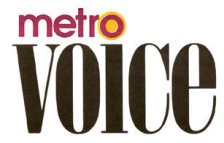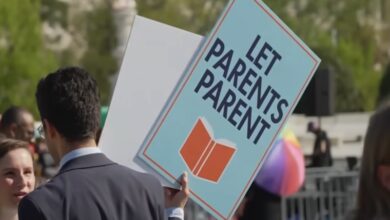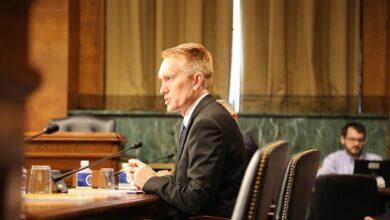American Democracy’s Legacy: The Peaceful Transition of Presidential Power
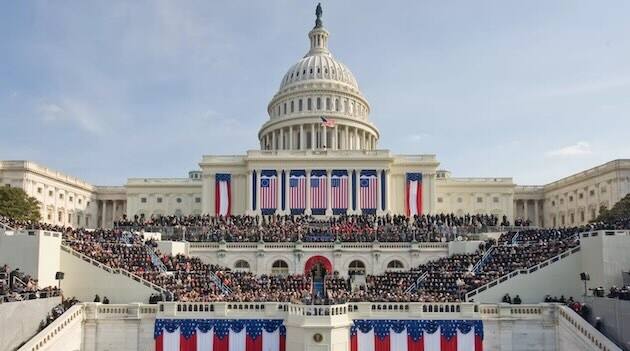
One of the things that make America great is our presidential transition of power, from one president to another. Just imagine the act of moving families in and out of a single house, from and to states all over our nation, all at the same time, and having it done peacefully, with movers, staff, and offices, and you can begin to contemplate the complexity.

We call it an inauguration or a beginning, and on January 20, 2025, we will see another inauguration.
Around the world we have seen military coups where government is replaced by the military. Evven the dissolution of the Soviet Union into Russia and smaller countries was marked by tank opening fire in the Kremlin. In the United States, we have seen protests by those challenging the outcome of an election, January 6, 2020, and even present House Minority Leader, Hakeem Jeffries challenged the election in 2016.
The electors were confirmed peacefully, and there was no or little violence in the inaugurations that followed. The same moving vans moved one family in and another out in peace.
It’s the little things
Oh, there are still the little things, like refinishing the floor in the White House after President Carter’s daughter, Amy, roughed it up with roller skates or having to replace computer keyboards after Clinton’s troops removed certain letters. In today’s politics, with changes in leadership, the first day is spent rescinding the Executive Orders of a predecessor.
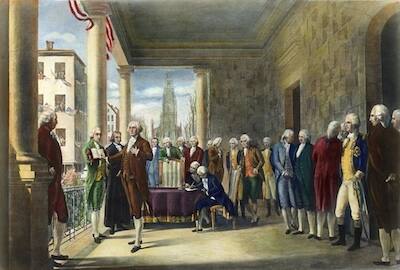
In terms of Presidents, unofficially we have already had our first woman president. Edith Wilson, Woodrow Wilson’s second wife, quietly managed the Office of the Presidency from 1919 to 1921 after Woodrow Wilson suffered a severe stroke. The public had been kept in the dark about President Wilson’s condition, and the inauguration of Warren Harding would have been an interesting scene with Woodrow Wilson leaving.
Sometimes inaugurations give us views into Presidential weaknesses.
From the first inauguration of George Washington in New York City on April 30, 1789, the pomp and circumstances have molded history, and each inauguration carried the earmarks of the man elected. Inaugurations are paid for by a mixture of public and private funds. Public funds pay for the swearing-in ceremony, usually around a million dollars hosted by the Joint Congressional Committee on Inaugural Ceremonies.
The Obama inauguration cost approximately 170 million dollars, mainly from individual and corporate sources. Obviously, they are not cheap events. Many have contained parades, and in some cases, special settings.
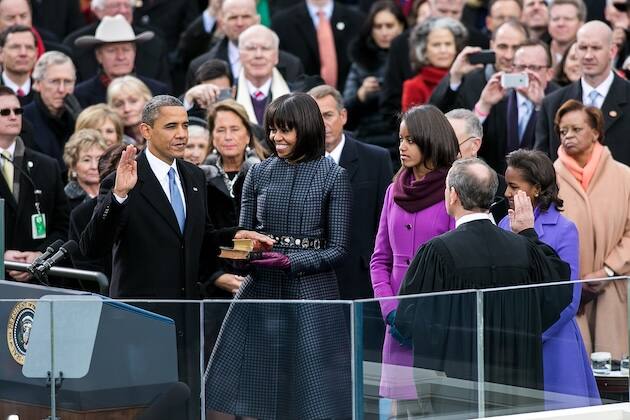
The presidential escape out a windwow
In the election of 1828, it was a rematch of John Quincy Adams and Andrew Jackson, but it was the inauguration of Jackson and subsequent parties in the White House when thousands of citizens stormed the White House breaking furniture, with Jackson escaping out a window. Perhaps that would be considered our most violent inauguration.
During Lincoln’s second inauguration in March 1865, his soon-to-be assassin John Wilkes Booth was photographed in the crowd, again peaceful until a later date.
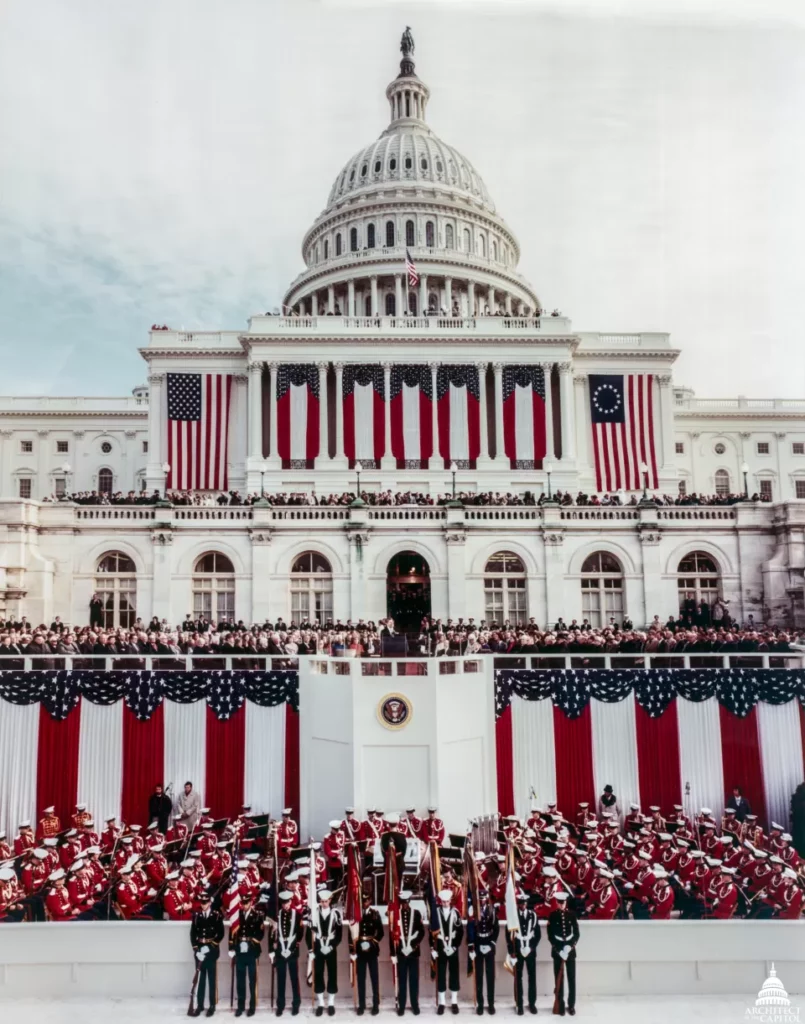
Photo: Architect of the Capitol.
Weather has played an important part in inaugurations, with Ronald Reagan having the warmest, perhaps a sign of global warming? However, William Taft’s inauguration in 1909 was dubbed “Snowmageddon”. Workers had to remove 58,000 tons of snow from the parade route, and adding to the hardship, 1909 marked the beginning of the Spanish Flu epidemic.
In 1961 the Army helped clear the parade route for John Kennedy, but weather had the biggest effect on the inauguration of William Harrison, who delivered the longest inaugural address in history. He spoke for nearly two hours, without a coat and died a month later.
Parades were suspended during FDR’s war years, with his 1945 inauguration held at the White House South Portico, and in 2020, Joe Biden had a virtual parade, probably due to the military guarding Washington DC after the events of January 6th. The evolution of inaugural parades reflects our nation’s changing times.
Our inaugurations are meant to convey continuity, a change of the guard peacefully from one leader to another, and they are often a change in direction. Some of the most iconic lines have come from inaugural addresses, from Kennedy’s historic “Ask not what your country can do for you”, to Obama’s claim that his election stopped the seas from rising.
Inaugurations carry the promise of the future, directions for peace, prosperity, and solutions, some we may agree with while others, maybe not. However, they are also parties with entertainers, singers, and friends, and they are truly American.
–Robert White is the founder and president of Money Concepts. He is also an avid history writer and regular contributor to Metro Voice. Read his other columns HERE.
